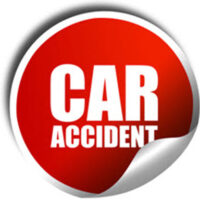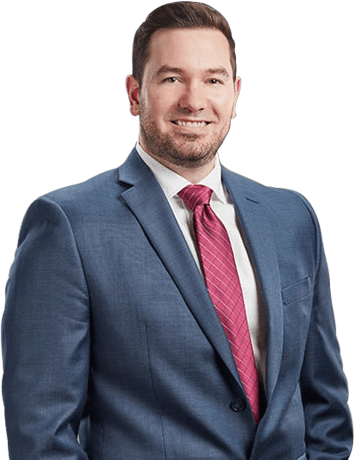Breaking Down Car Accident Claims in California

You break it, you buy it. This simple principle is the foundation of negligence, the most common legal claim in car crash cases. In this context, negligence is more than an “accident.” Negligence is a lack of care. If Joe was speeding 5mph over the limit, he probably didn’t breach his duty of care, as outlined below. If Joe was speeding 15mph over the limit, that’s different.
“Breaking it” means breaching a duty of care. “Buying it” means paying compensation for economic losses, such as medical bills, and noneconomic losses, such as pain and suffering. A Carlsbad person injury lawyer can obtain additional punitive damages in some extreme circumstances, such as a drunk driver with a very high BAC level.
Ordinary Negligence
One of the first negligence cases, 1932’s Donaghue vs. Stevenson, introduced the neighbor principle. This legal principle was based on the moral principle in the story of the Good Samaritan. Over time, the neighbor principle (people should go out of their way to avoid injuring their neighbors) became legal negligence. In California, an ordinary negligence case has four basic elements:
- Duty: Most noncommercial drivers have a duty of reasonable care. They must avoid accidents if possible and obey the rules of the road. California law holds commercial drivers, like Uber drivers, to a higher standard.
- Breach: A breach of duty is a lack of care. We used the speeding illustration above. Speeding is the most common, and most dangerous, form of aggressive driving. Operator impairment (alcohol, drugs, fatigue, etc.) also breaches the duty of care.
- Cause: Vehicle collision victims are entitled to compensation if a breach of duty substantially and foreseeably causes injury. If Joe loses control of his speeding vehicle on a wet road, his excessive speed substantially caused the wreck. The wet road was a contributing cause. Foreseeability is basically possibility of injury. If Joe slides off the road, it’s foreseeable that he may hit a pedestrian on the sidewalk.
- Damage: Usually, victims must sustain physical damage, either personal injury or property damage. Some exceptions, like negligent infliction of emotional distress, apply in some cases.
A Carlsbad personal injury lawyer must prove each element by a preponderance of the evidence (more likely than not). Evidence in a negligence case includes witness statements, the police accident report, and medical bills.
Negligence Per Se
Frequently, a safety law, like the DUI law, establishes the standard of care. Therefore, tortfeasors (negligent drivers) are liable for damages as a matter of law if:
- They violate safety laws, and
- Those violations substantially cause injuries.
The negligence per se rule usually holds up in civil court even if the tortfeasor “beats” the DUI or other case in criminal court. A civil jury determines all the facts in a civil case.
Juries decide very few ordinary negligence and negligence per se matters. Almost all these matters settle out of court. Settlements benefit victim/plaintiffs, mostly because settlements are final resolutions. When insurance companies lose court verdicts, they often tie the matter up in appeals courts. When insurance companies settle cases, they immediately write checks.
Work With a Diligent San Diego County Lawyer
Injury victims are entitled to substantial compensation. For a confidential consultation with an experienced personal injury lawyer in Carlsbad, contact the Pursley Law Firm. Virtual, home, and hospital visits are available.

